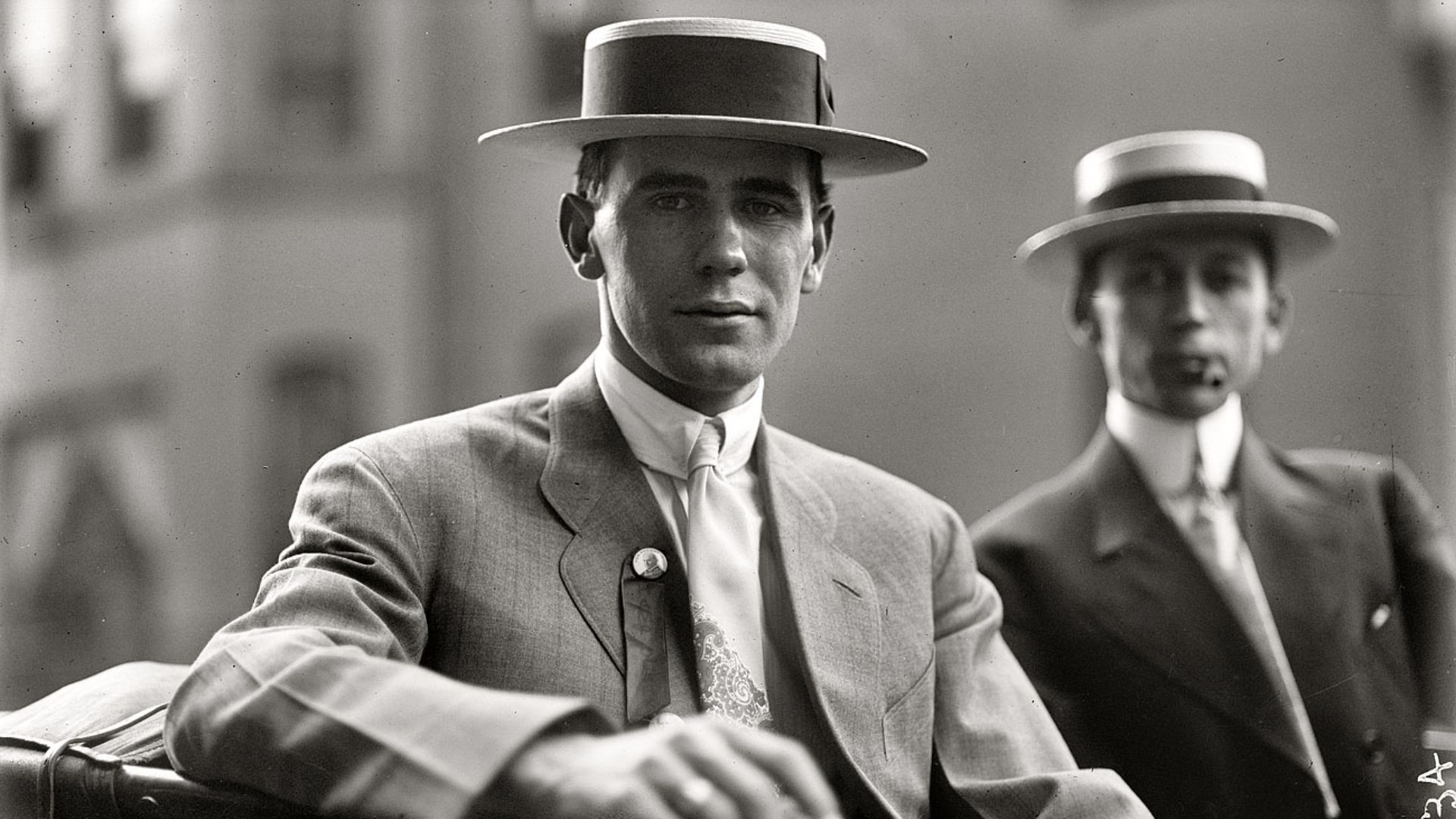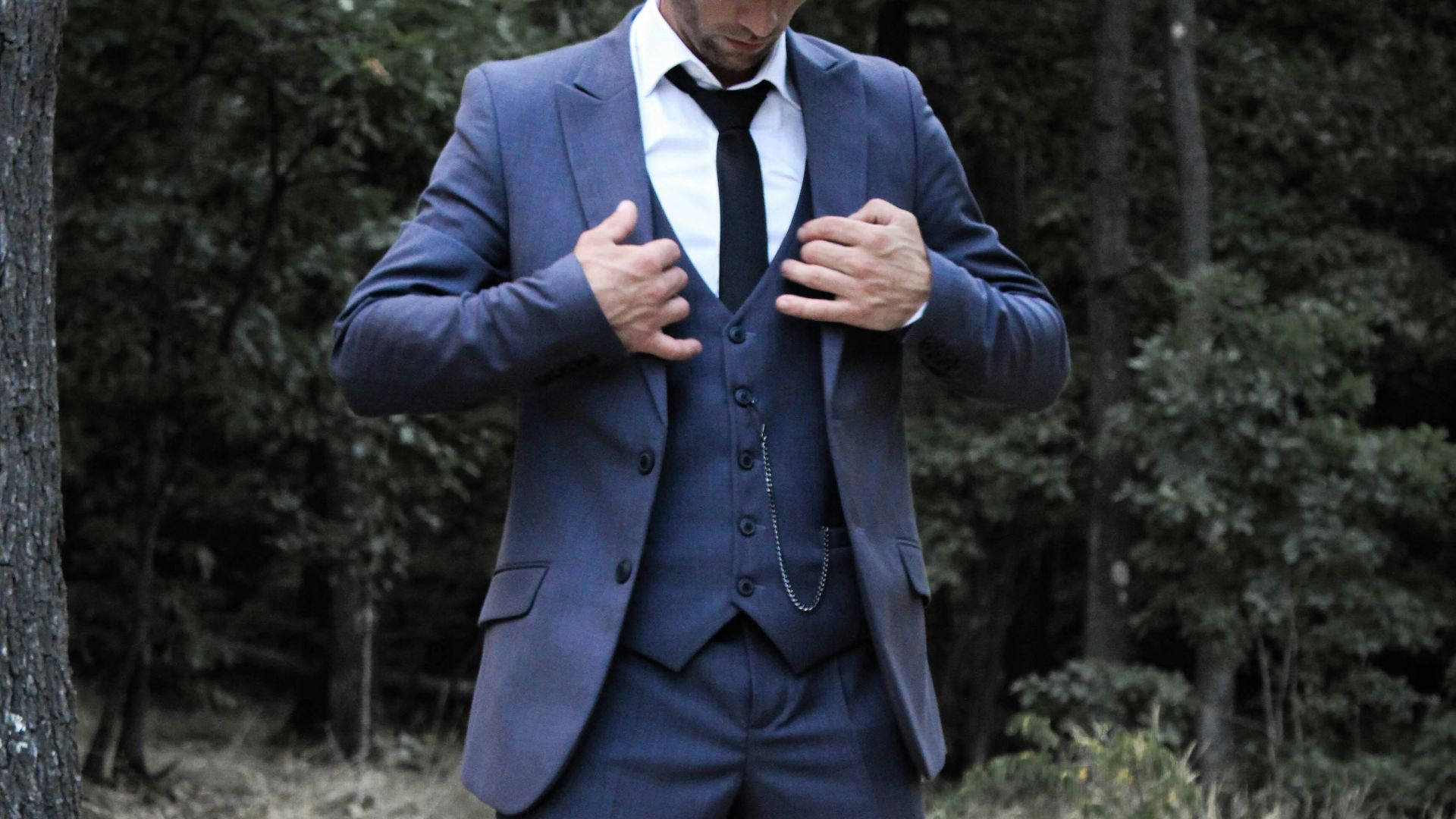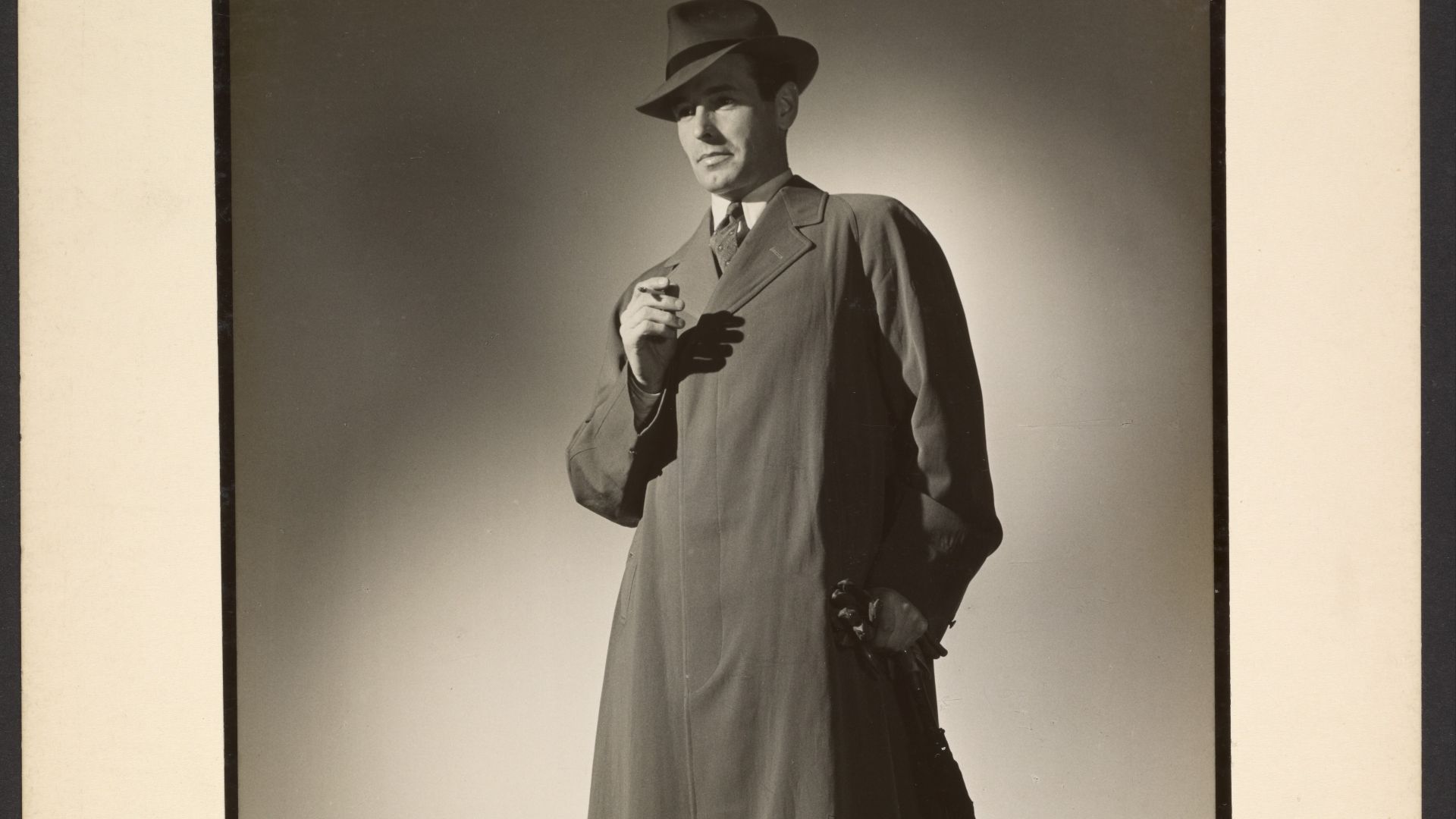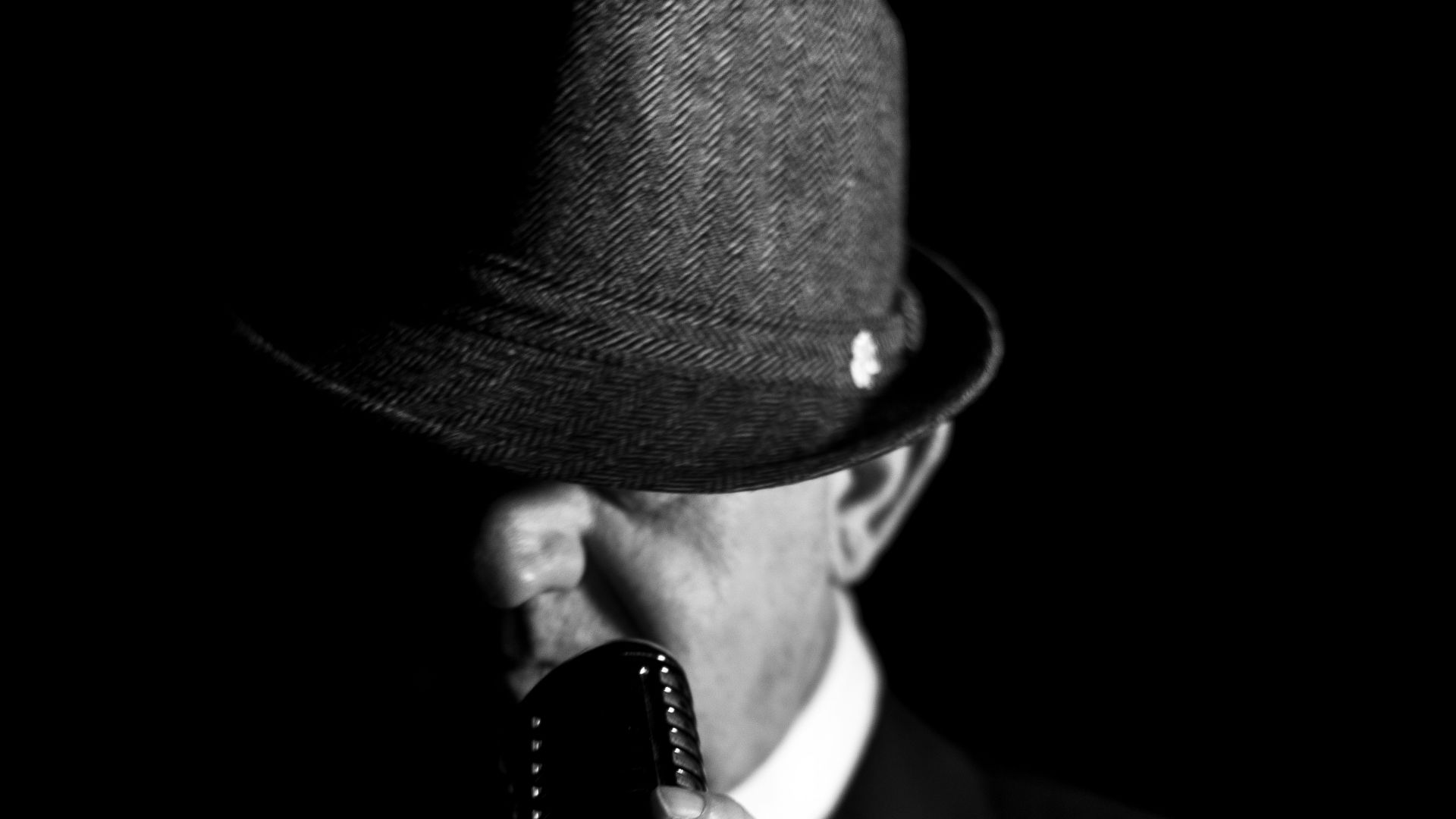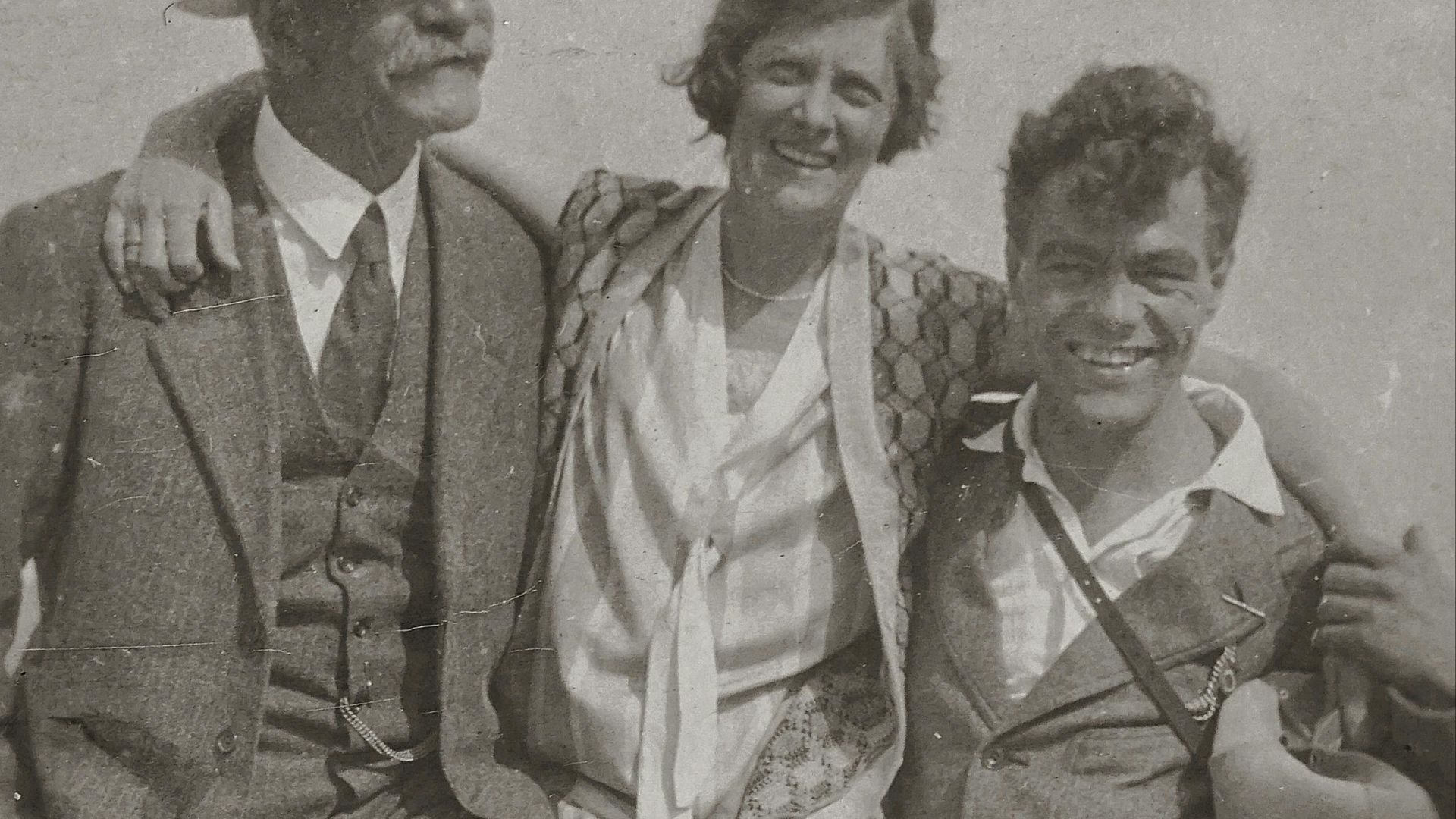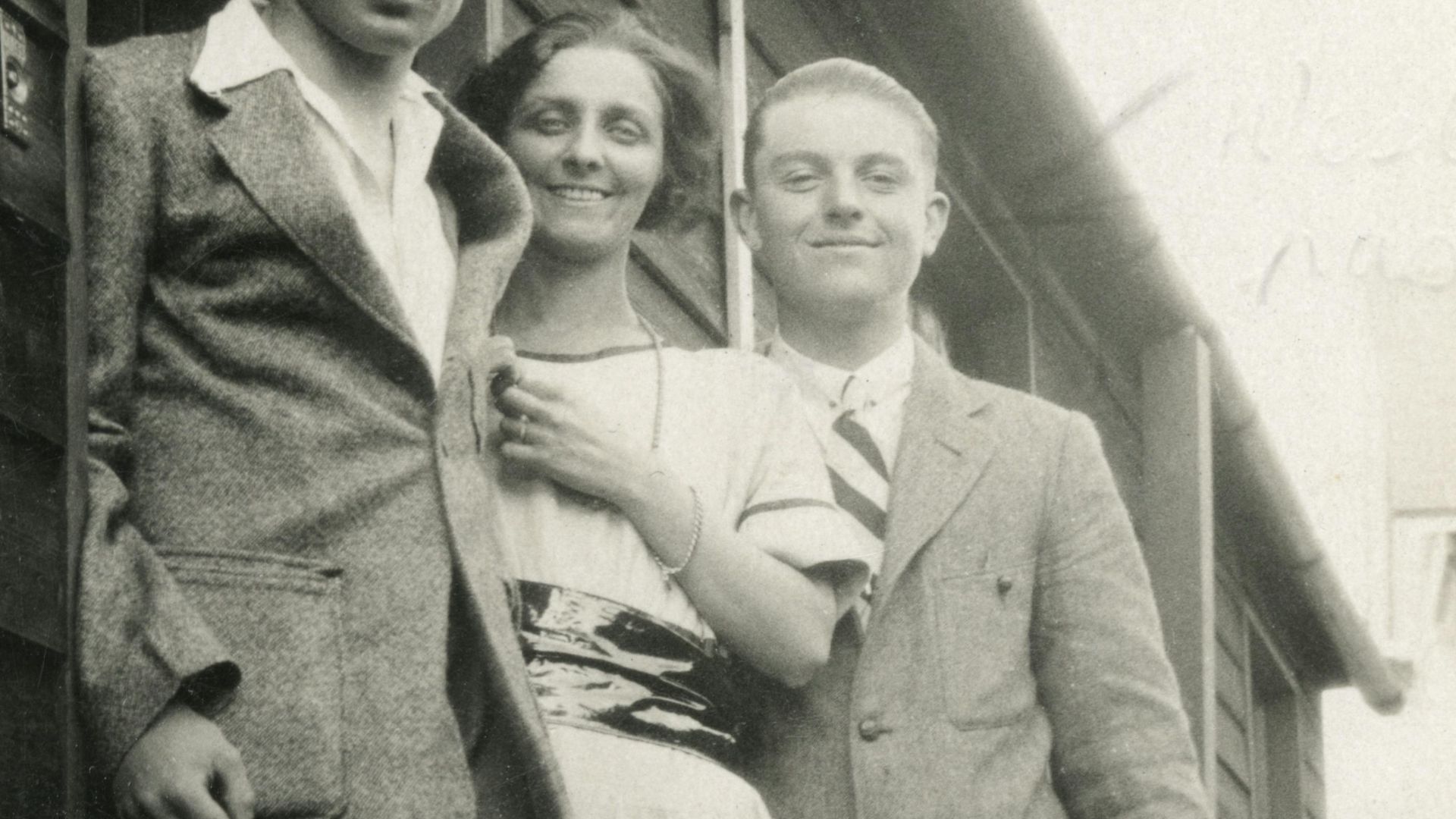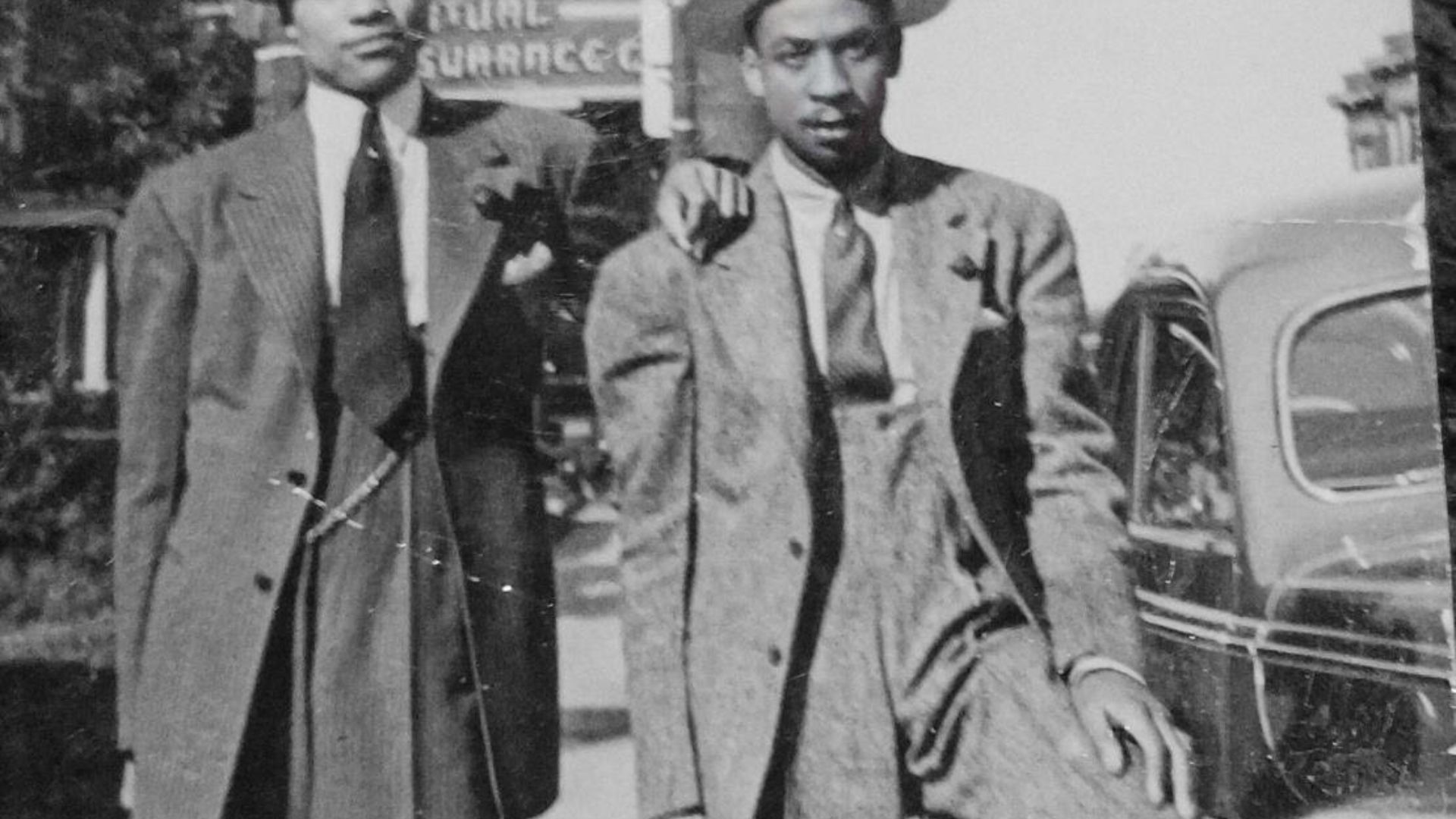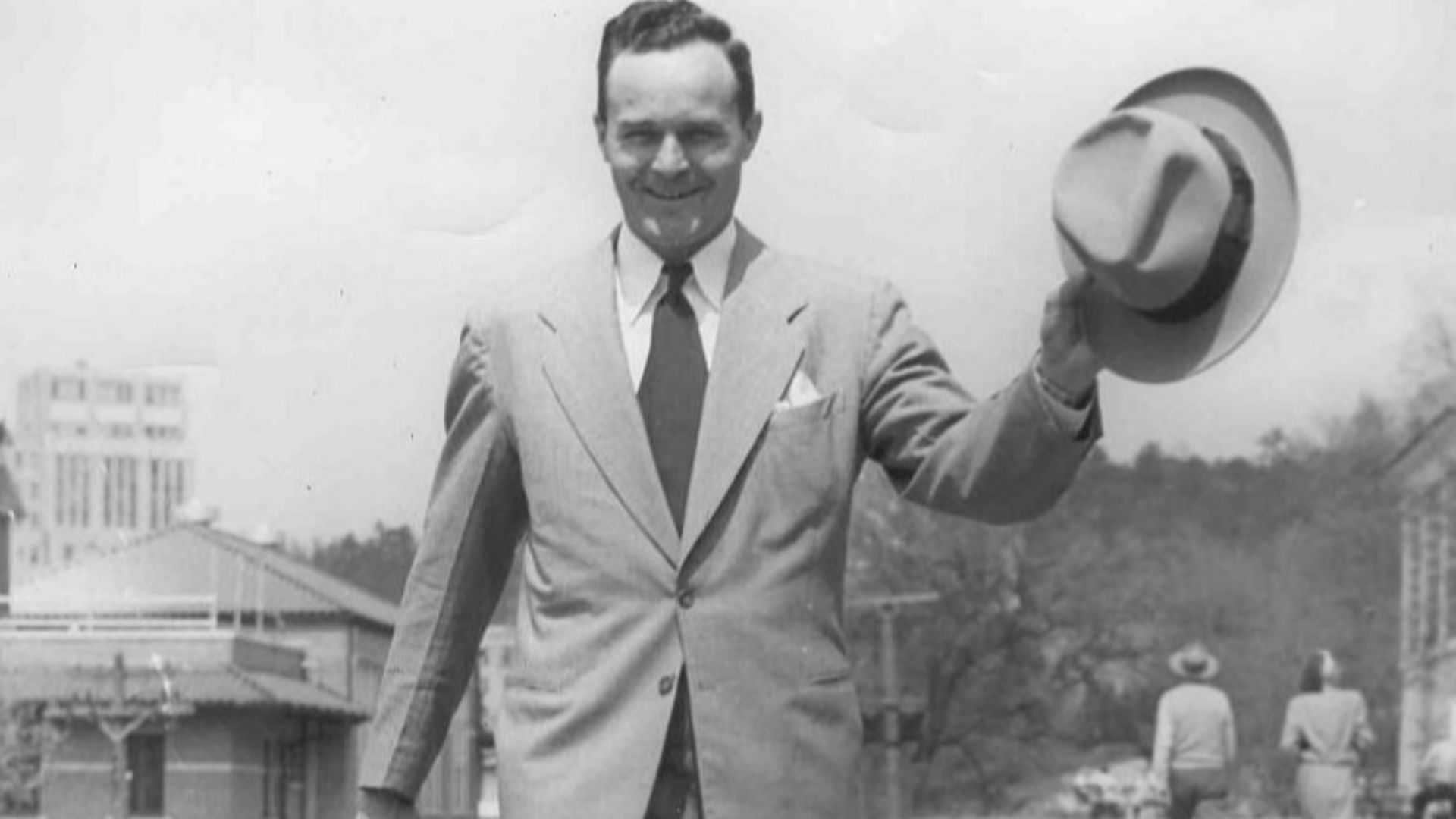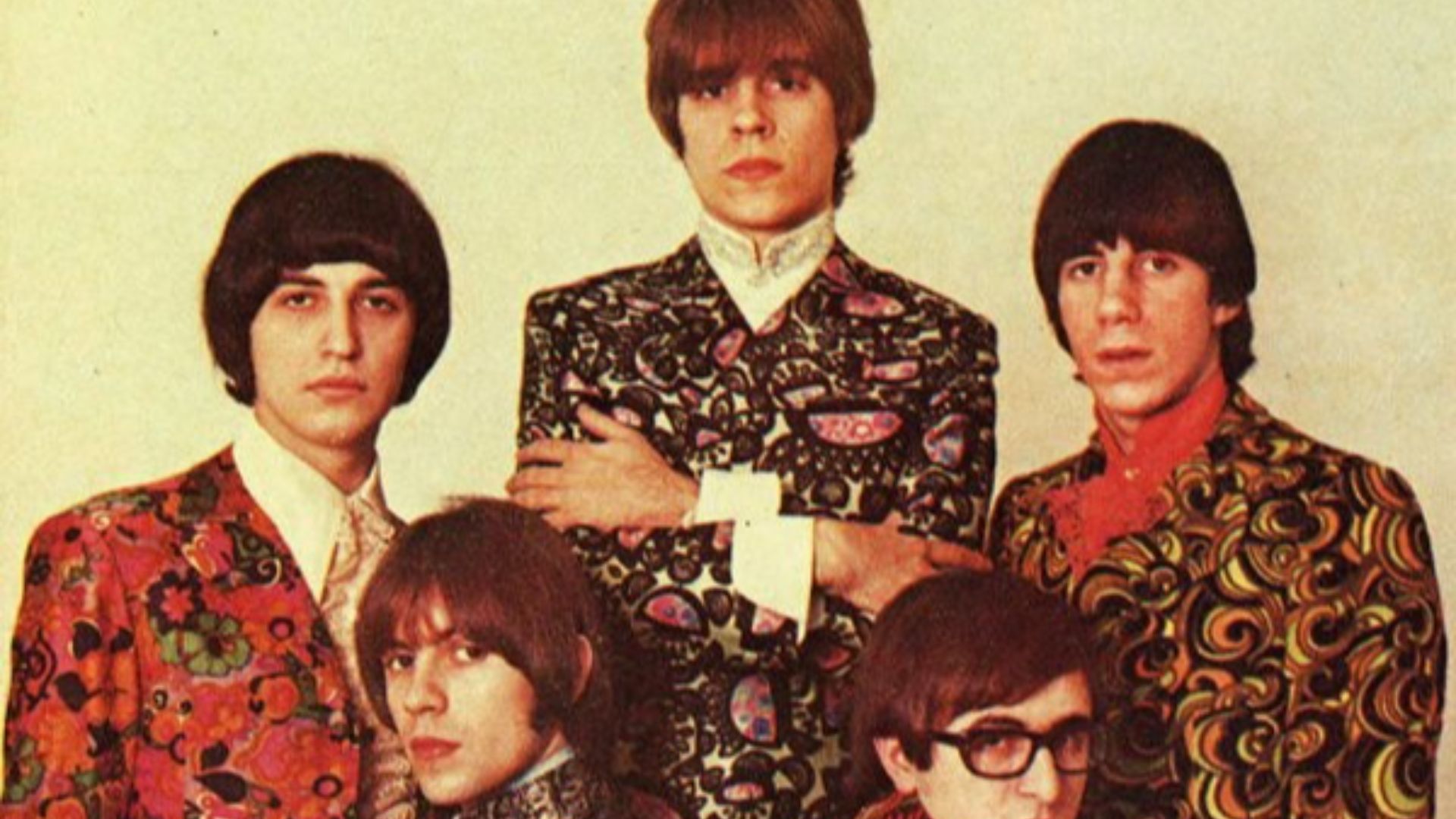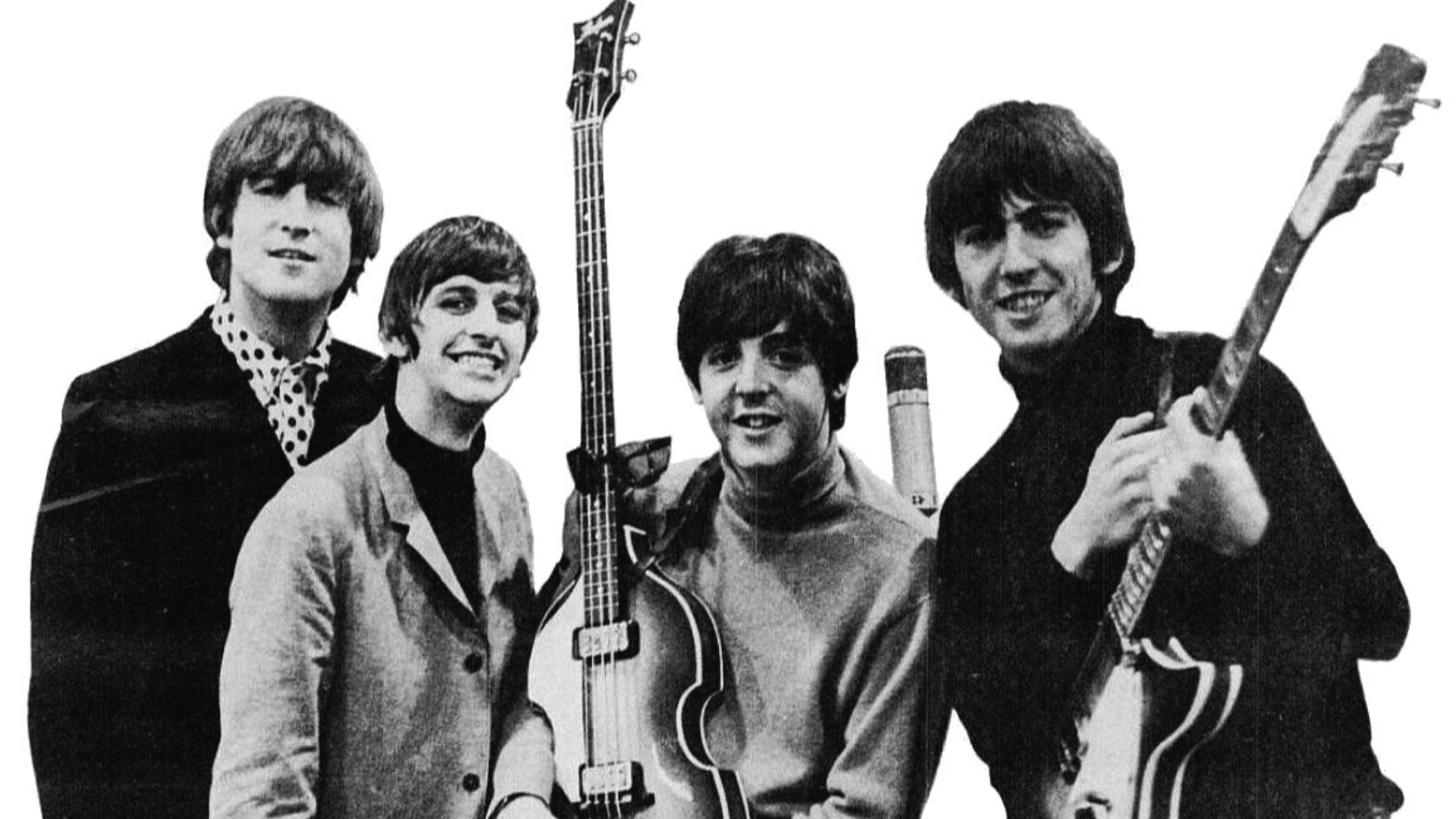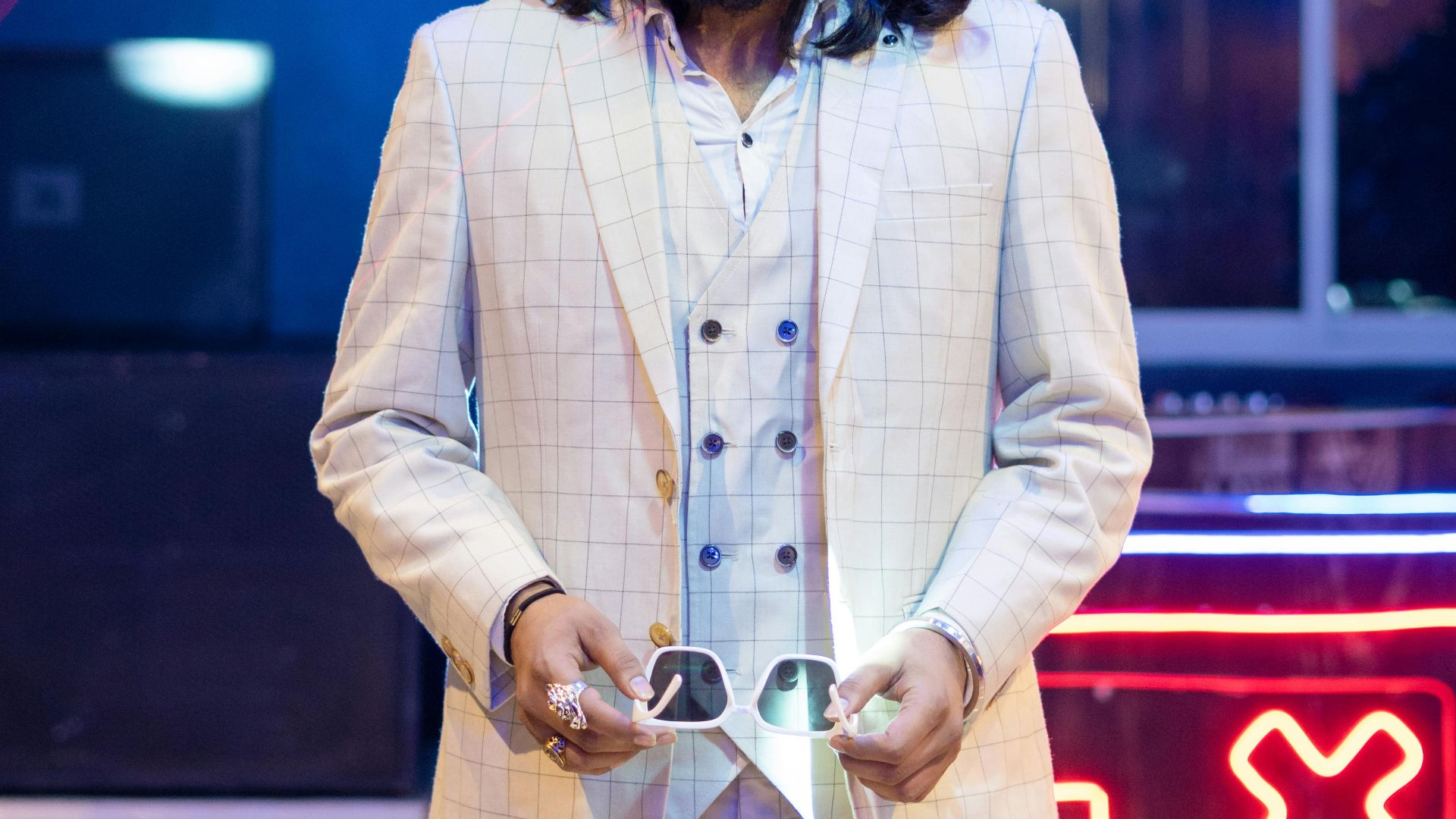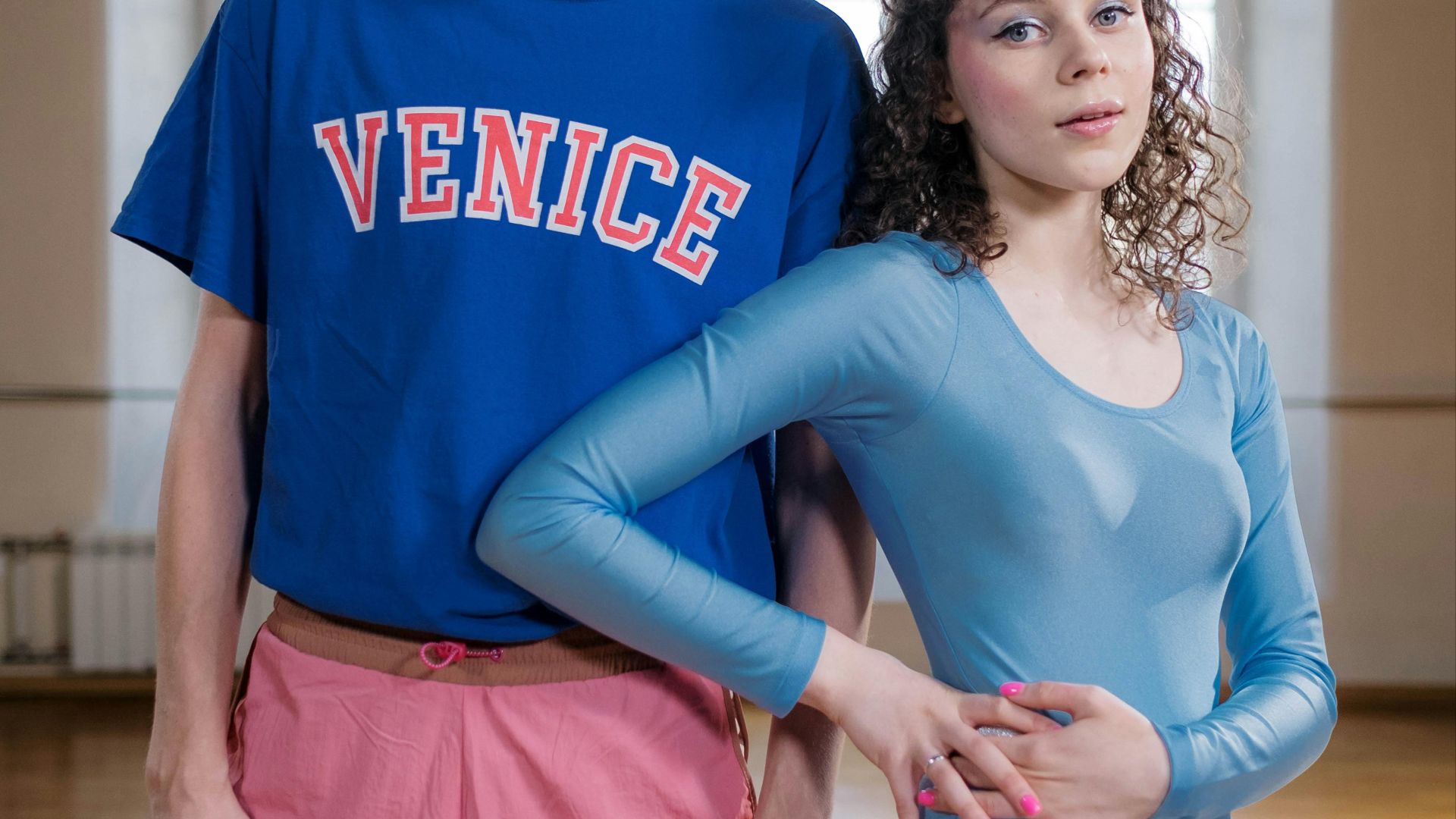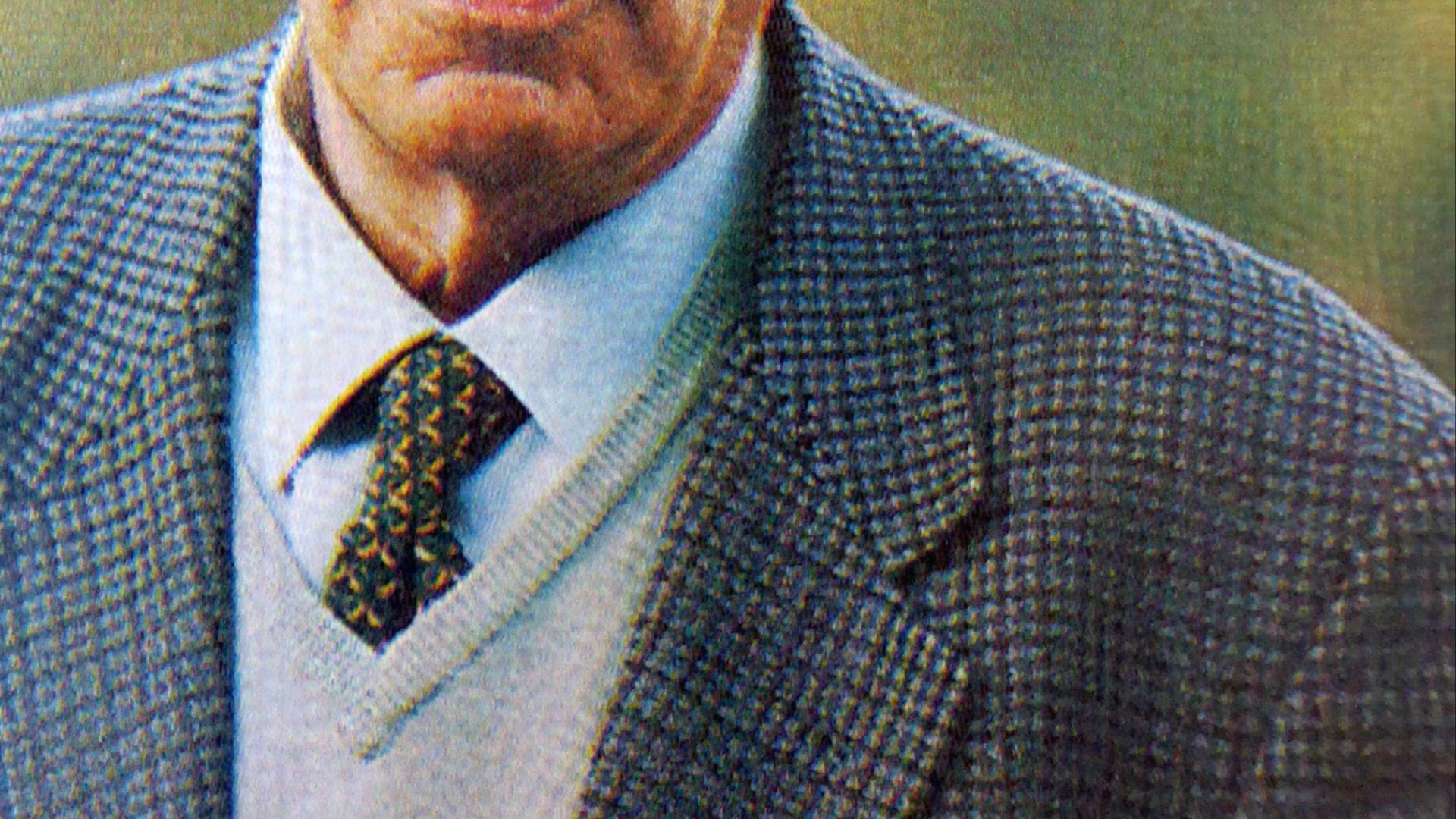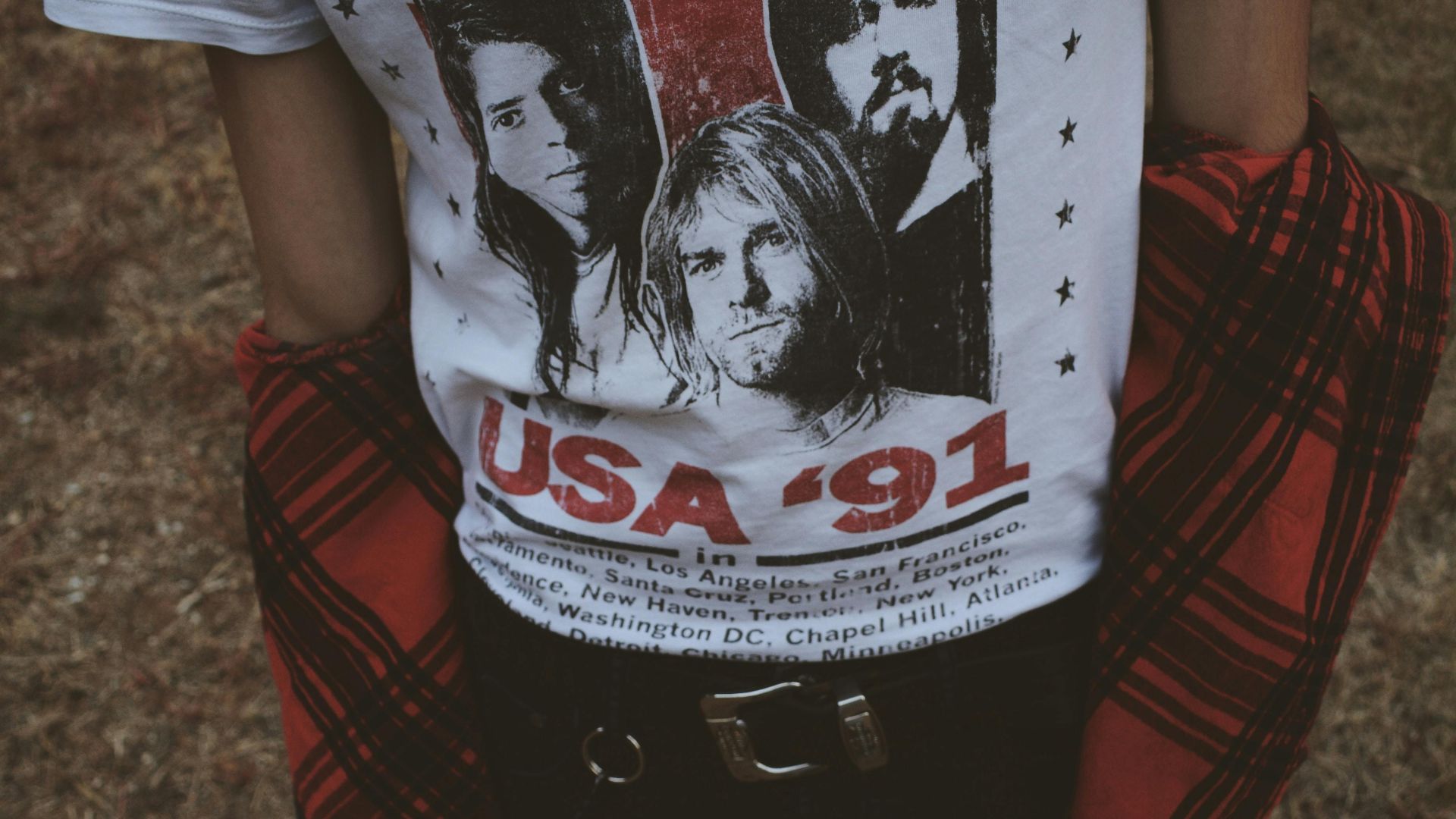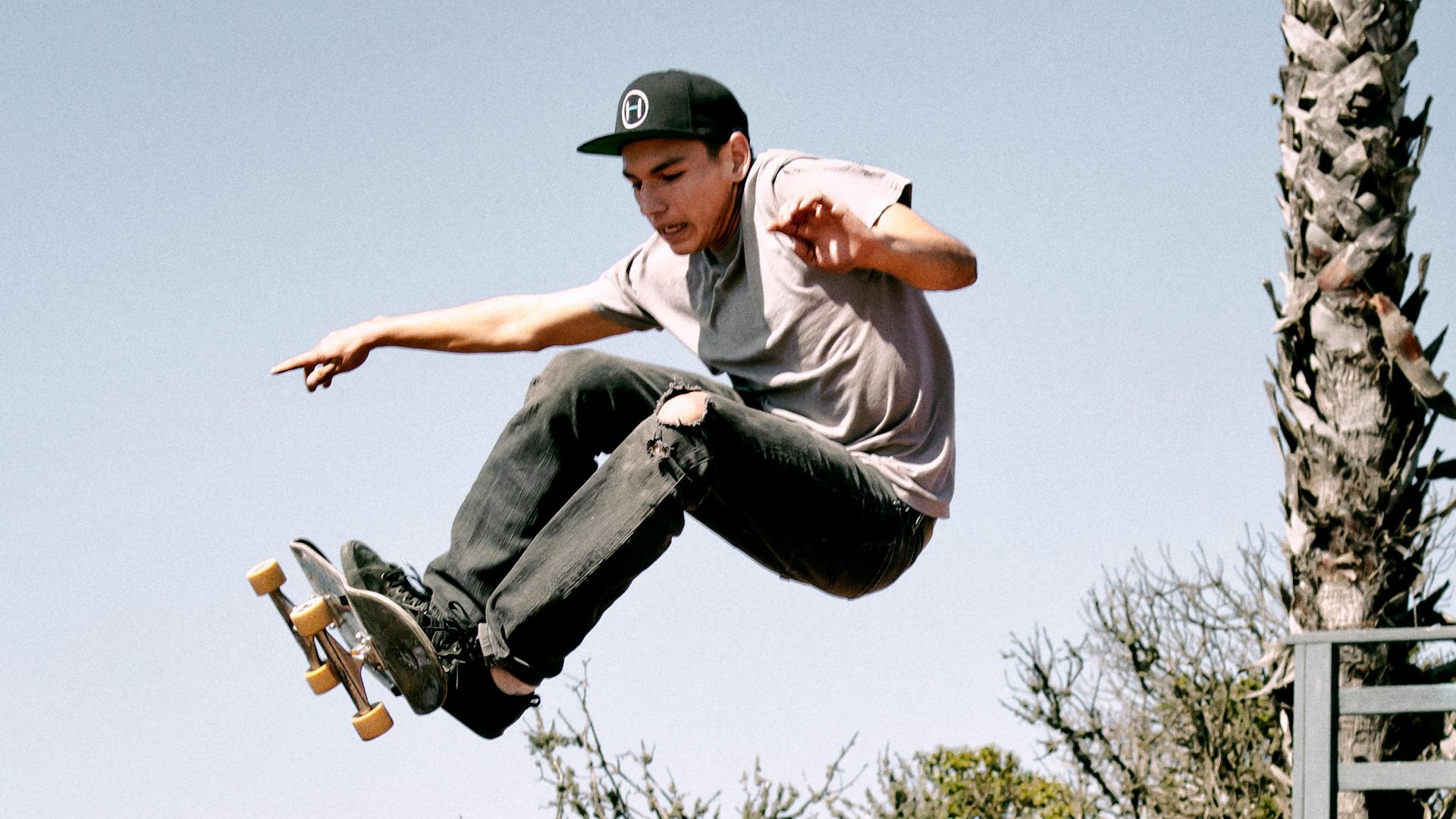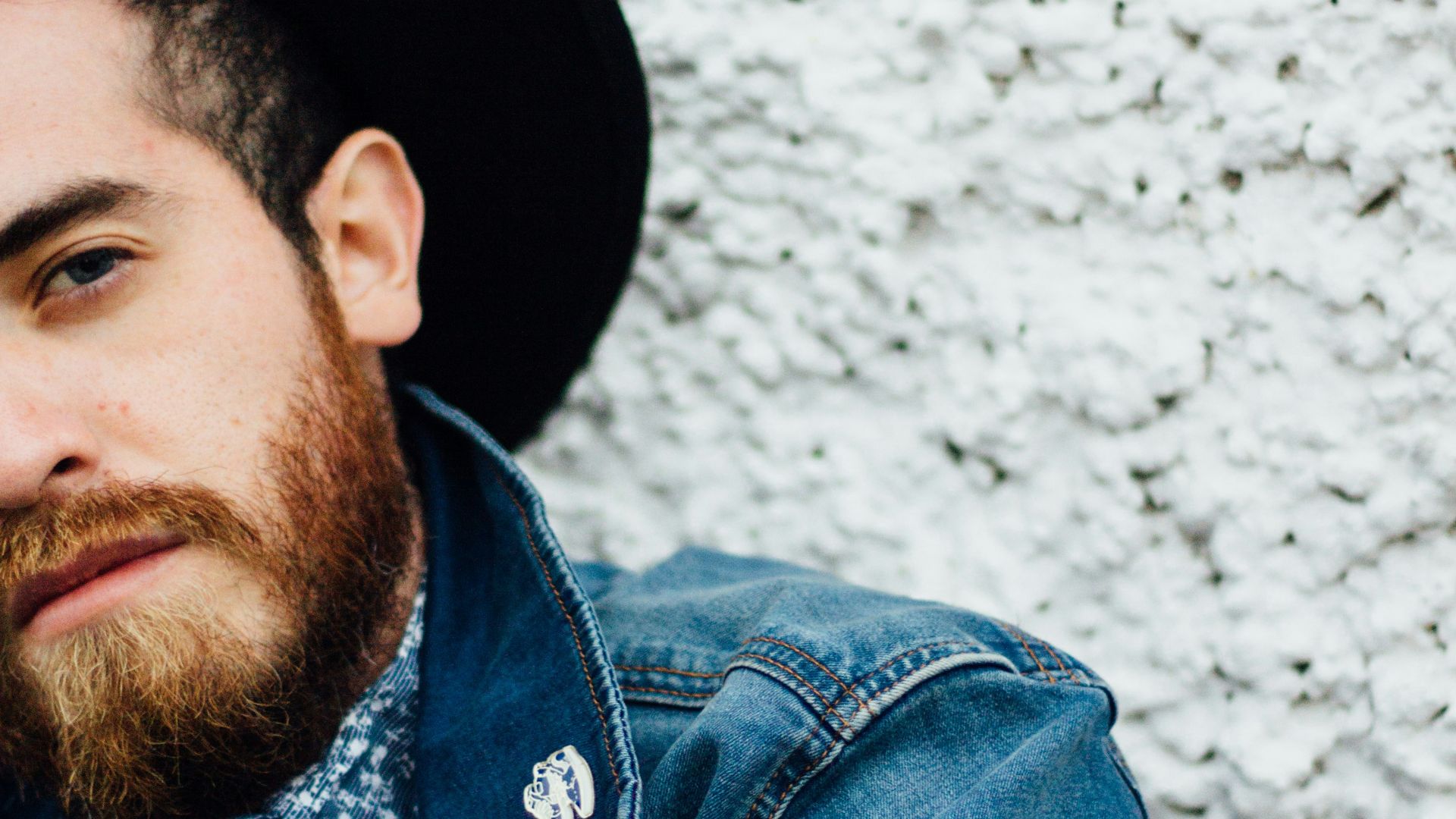How Men's Fashion Has Continued To Evolve Since The 1900s
Men's Fashion Has Changed Dramatically In The Last Century
With a greater emphasis on women's fashion, men's fashion seems to fall by the wayside. Sure, most guys just throw on some pants and a shirt every day, but it wasn't always the case. At the beginning of the 1900s, men changed their attire three times a day depending on what they were doing, and for the majority of the century, they'd be hard-pressed to leave the house without a hat on. Here are 20 ways men's fashion has changed since the 1900s.
1. 1900 - Three-Piece Suits
In the first decade of the 20th century, the elaborate suits of the 1800s were replaced by "middle-class" three-piece suits. These consisted of trousers, a jacket, and a waistcoat.
2. 1900 - Top Hats & Canes
Men adorned accessories like top hats and canes as part of their evening wear. Middle and upper-class men would change their attire up to three times a day according to the occasion.
 AnonymousUnknown author on Wikimedia
AnonymousUnknown author on Wikimedia
3. 1910s - Trench Coats & Sack Suits
WWI brought more practical fashions. A simpler suit called a sack suit became en vogue and trench coats which were originally designed for soldiers also became fashionable.
4. 1920s - Fedoras
In the 1920s, it would be unheard of for a man to leave the house without a hat on his head. In colder climates, fedoras were the hat of preference but in hot places, straw Panama hats became fashionable.
5. 1920s - Colorful Casual Suits
In the 1920s, jazz exploded onto the scene, bringing with it a vast array of new fashions. Shoulder pads were replaced by sloping shoulders on tight-fitting jackets and baggier pants. It was a time of fun and optimism, encapsulated by the bright colors men wore at the time.
6. 1930s - "Superman" Silhouette
When The Great Depression hit, fashion changed from elaborate to subdued. Fabric rationing informed the creation of new trends like thin-waisted pants and shorter jackets with broader shoulders (the "Superman" silhouette and the bright colors of the previous decade went out of vogue.
7. 1930s - Zoot Suits
Zoot suits were in direct response to the more subdued fashion of the earlier part of the decade. They were all about glitz and glam, characterized by excessive fabric, long jackets, and plenty of accessories. They became popular alongside Swing music.
8. 1940s - Wartime Utility
With the onset of WWII, fashion changed to be more practical. Extravagance disappeared and fabric rationing meant simplified suits without cuffs or vests and with little to no detail.
9. 1950s - Casual Wear
Men's fashion during the post-war decade was much more simple. Men conformed to essentially all dressing the same way. Leisurewear like short shorts, polo shirts, and sports jackets grew in popularity as this era of relative comfort allowed men to have more free time.
 Unknown photographer on Wikimedia
Unknown photographer on Wikimedia
10. 1950s - Greasers
In response to the conformist fashion and conservativism of the era grew the youthful rebellious "greaser" fashion, popularized by actors like James Dean. The look consisted of rolled-up denim jeans, a leather or bomber jacket, a fitted t-shirt, and Converse.
 In-house publicity still on Wikimedia
In-house publicity still on Wikimedia
11. 1960s - Effeminate Fashion
The 60s was a decade of non-conformity. Fashion became more fluid, with men sporting long hair, tight trousers, and flower shirts.
12. 1960s - Mod Style
The mod style for men meant tight-fitting suits, narrower trousers, vests, and turtle necks. It was popularized by British rock bands that exploded onto the scene like The Beatles, the Yardbirds, and the Kinks,
13. 1970s - Bell Bottoms
Flared pants were gaining steam in the 1960s but it wasn't until the 70s that they really went off the charts. Ridiculously flared-out bell bottoms epitomized the 70s like nothing else.
14. 1970s - Disco Suits
With the rise of disco came an all-new form of clubbing attire. The look was characterized by flashy three-piece suits with wide collars and flared trousers, as seen on Saturday Night Fever.
15. 1980s - Activewear
The health and fitness trend of the 80s brought with it a whole new style of dressing. Think tracksuits, neon shorts, headbands, and Air Jordans.
16. 1980s - Power Suits
In the 80s, being successful was seen as cool and sexy, so power suits which, designed to exude authority, were in vogue. They were characterized by their large shoulder pads and skinny ties.
17. 1990s - Hip Hop
The 90s were the golden age of hip-hop, hence everyone wanted to dress like Snoop Dog and all the luxury fashion brands hopped on the bandwagon. The style was characterized by baggy clothes, hoodies, sneakers, and gold chains.
 Tulane Public Relations on Wikimedia
Tulane Public Relations on Wikimedia
18. 1990s - Casual & Minimal
It wasn't all hip hop though, grunge and rave culture also had a say in fashion. The dominant looks of the 90s were extremely casual and minimal, consisting of jean jackets, flannel shirts, hoodies, tattoos, and messy.
19. 2000s - Skater
In the 2000s, youth fashion was influenced by skateboard culture, with men sporting baggy pants, prominently branded T-shirts, skate shoes, long hair, and piercings. Never having stepped foot on a skateboard didn't stop anyone from following this trend.
20. 2010s - Hipster
The 2010s brought with it a greater awareness of the problems attached to fast fashion, thus came the rise in vintage shopping. As a result, hipster fashion which mixed old and new styles, i.e. fedora with a graphic tee, became a prominent trend.


